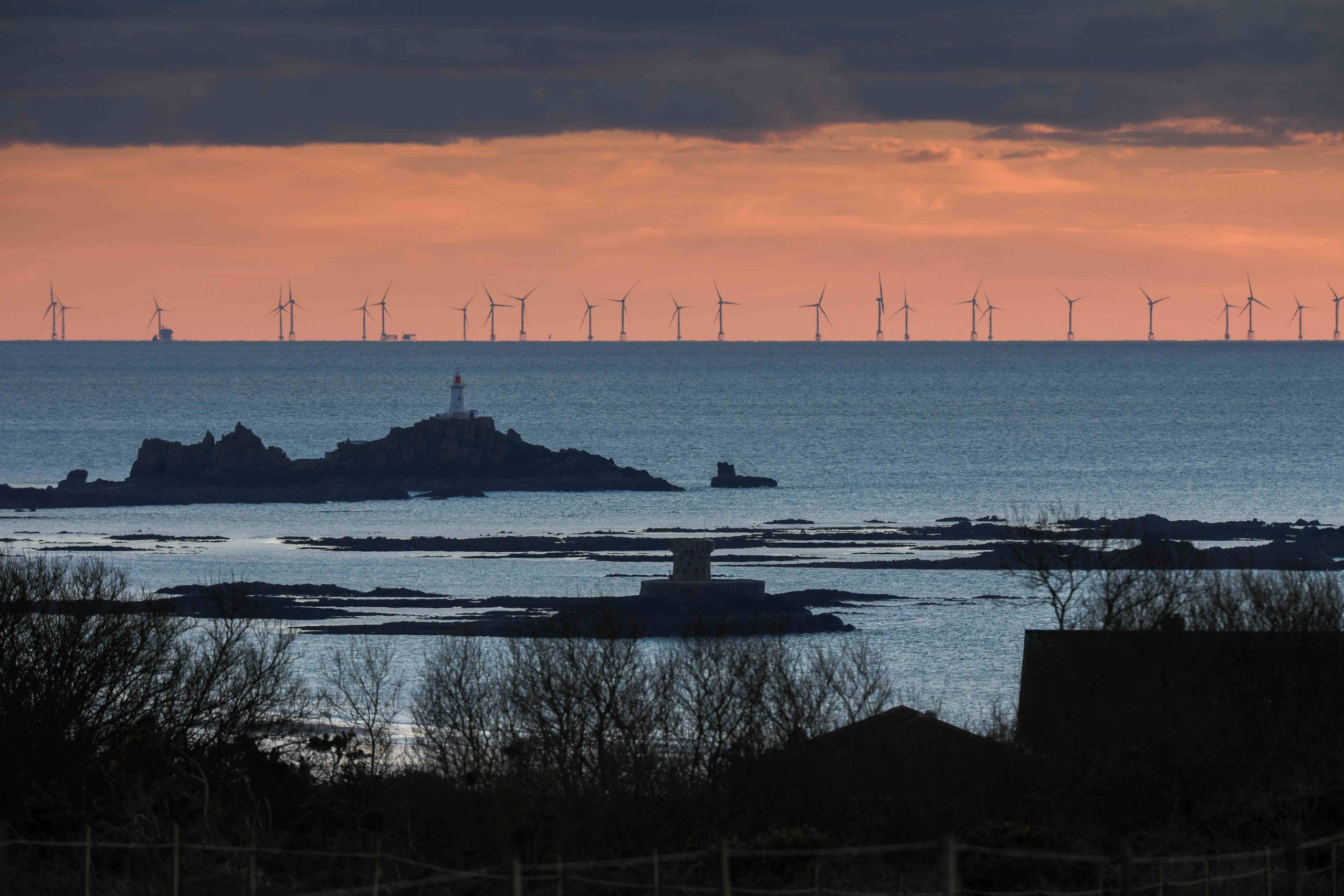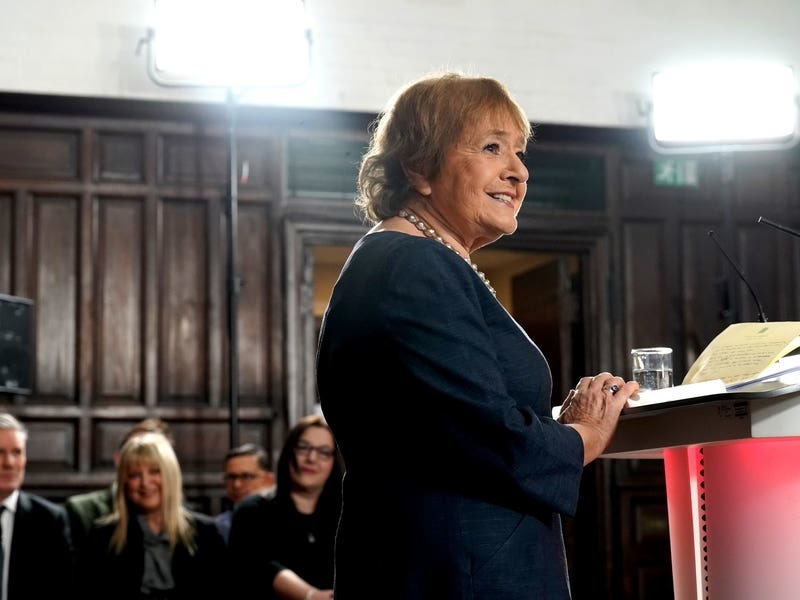LEASING Jersey’s seabed for the development and operation of a wind farm is the “lowest risk opportunity” for the Island to be involved in such a project – should politicians vote to do so next week, according to the chief executive of Jersey Electricity.
Chris Ambler said that, given the project’s potential cost of between two and three billion pounds, it would be “unrealistic” for local stakeholders to make a “meaningful investment” in terms of taking an ownership interest in the scheme.
Commenting on whether he thought the Island should instead focus on generating income by leasing the seabed for a wind farm, Mr Ambler said: “It’s the lowest risk opportunity for Jersey but it gives the Island an opportunity for meaningful participation by earning a lease income and taxation income.”
He continued: “The reason for that is that, in our strong view, we need to build an offshore wind farm that is of a sufficient scale to be economically viable. That’s really important to attract the inward investment that’s needed, of somewhere between two to three billion pounds. Obviously at that kind of scale, in order to achieve economic viability, I think it’s unrealistic for any local participants to make a meaningful investment of that kind of quantum.
“The States or others might wish to make more modest investments but two to three billion pounds takes it out of the reach of most stakeholders in Jersey.”

He added: “But it may be possible for the government and possibly Jersey Electricity, if the conditions were right, to take a smaller stake in the development vehicle but there is a lot of water that needs to pass under the bridge before that can be established.”
He also reiterated the potential opportunity for Islanders to take a “small stake” in the project with individual investments as low as £500 or £1,000.
Almost all of Jersey’s electricity supply is imported from low-carbon, hydro and nuclear sources in France through three undersea cables, with the existing contract with Électricité de France running until the end of 2027.
Mr Ambler explained that a one-gigawatt offshore wind farm would be capable of generating between seven or eight times the Island’s annual electricity requirement.
“In terms of energy security, offshore wind is by far the most significant opportunity for meaningful energy diversification in Jersey over the medium term of ten years and beyond,” he continued.
“Pricing is obviously going to be important and the bigger the wind farm, the easier it is to achieve a competitive price for the power coming off that wind farm.
“Clearly if some of that power is going to be beached into Jersey, we would want to secure advantageous pricing of that power relative to alternative sources of grid power, imported power, from France.”






